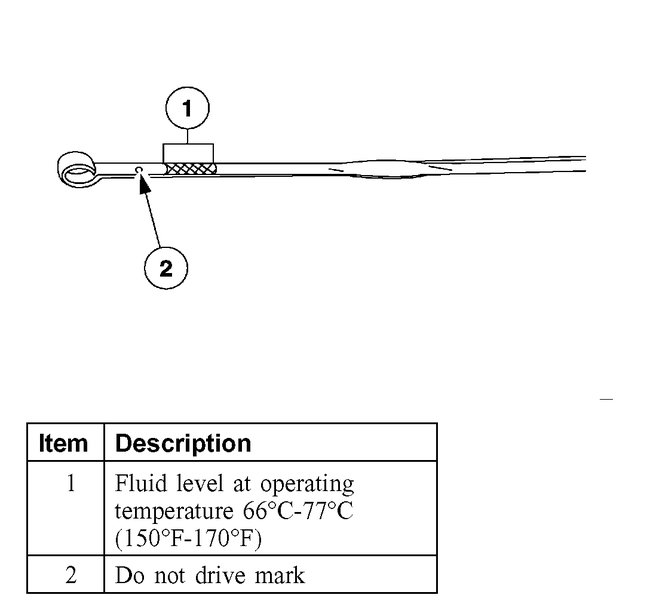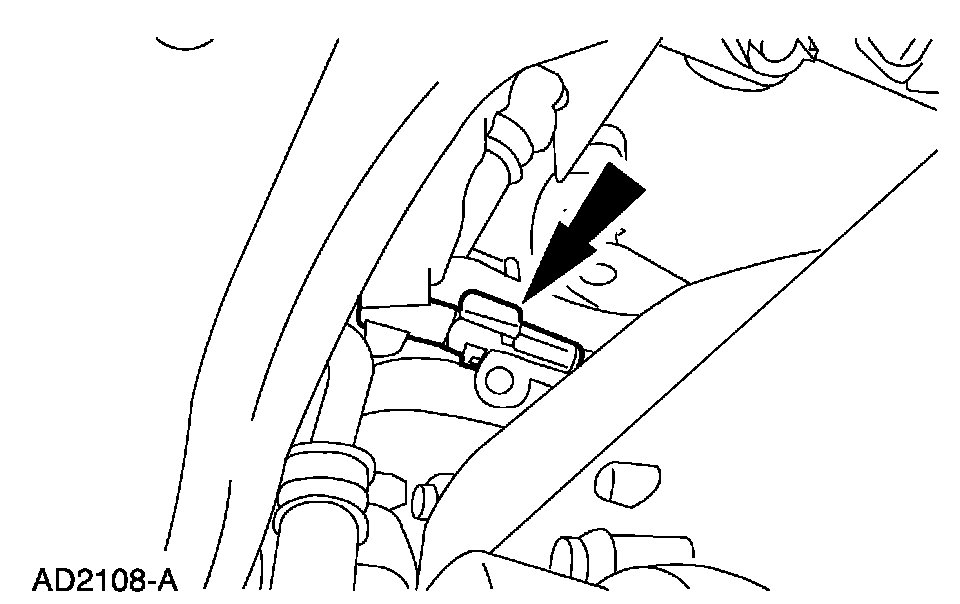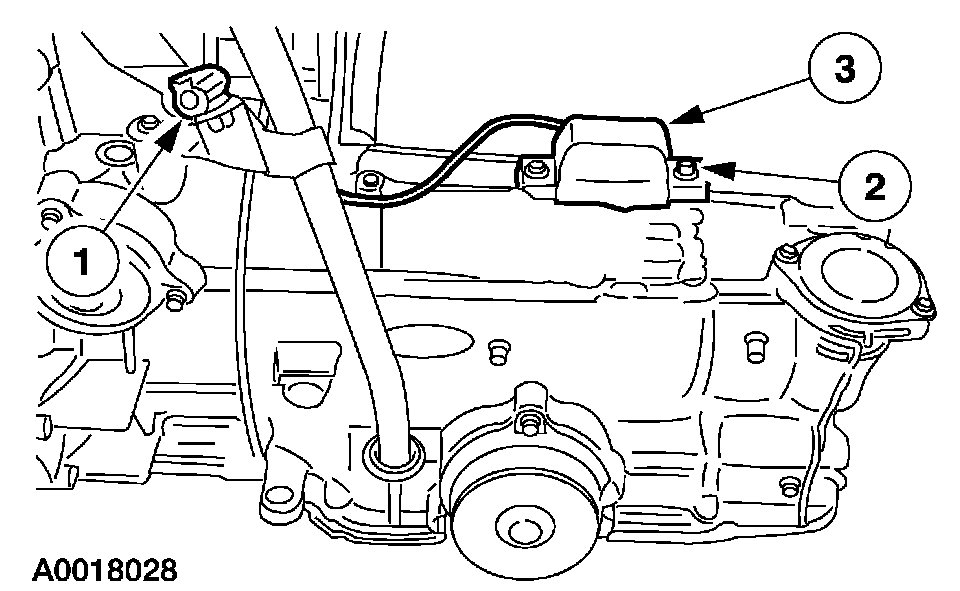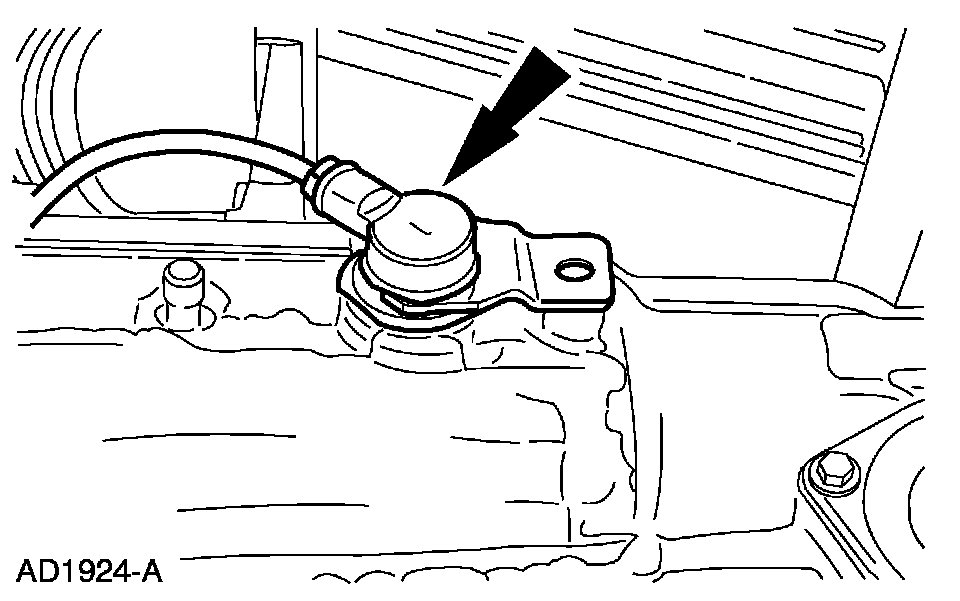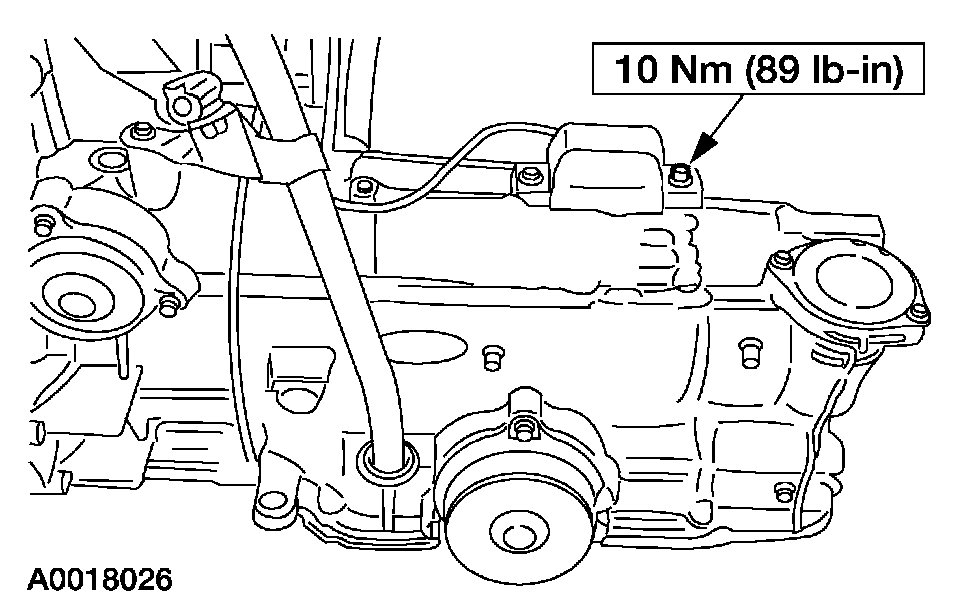Hi,
It does sound like it is slipping. The first thing we should do is check the fluid level and condition. Here are directions. The pic below correlates with the directions. We may just have a low fluid condition.
_______________
Check Fluid Level and Condition
CAUTION: The vehicle should not be driven if the fluid level indicator shows the fluid below the DO NOT DRIVE mark or internal failure could result.
If the vehicle has been operated for an extended period of time at highway speeds, in city traffic, in hot weather or while pulling a trailer, the fluid needs to cool down to obtain an accurate reading.
The fluid level reading on the fluid level indicator will differ depending on operating and ambient temperatures. The correct reading should be within the normal operating temperature range.
Fluid Level Check
Under normal circumstances the fluid level should be checked during normal maintenance. If the transaxle starts to slip, shifts slowly, or shows signs of fluid leaking, the fluid level should be checked.
1. With the transaxle in (P) PARK, the engine at idle, foot pressed on the brake, move the selector lever through each gear and allow engagement of each gear. Place the selector lever in the PARK position.
2. Wipe the fluid level indicator cap and remove the fluid level indicator.
3. Wipe the fluid level indicator with a clean cloth.
Pic 1
4. Install the fluid level indicator back in the fluid filler tube until it is fully seated, then remove the indicator. The fluid level should be within the normal operating range.
High Fluid Level
A fluid level that is too high may cause the fluid to become aerated due to the churning action of the rotating internal parts. This will cause erratic control pressure, foaming, loss of fluid from the vent tube, and possible transaxle malfunction and/or damage. If an overfill reading is indicated, refer to Transmission Fluid Drain and Refill.
Low Fluid Level
A low fluid level could result in poor transaxle engagement, slipping, malfunction and/or damage. This could also indicate a leak in one of the transaxle seals or gaskets.
Let me know what you find or if you have other questions.
Take care and God Bless,
Joe
Image (Click to make bigger)
Tuesday, March 2nd, 2021 AT 4:00 PM
